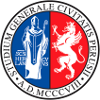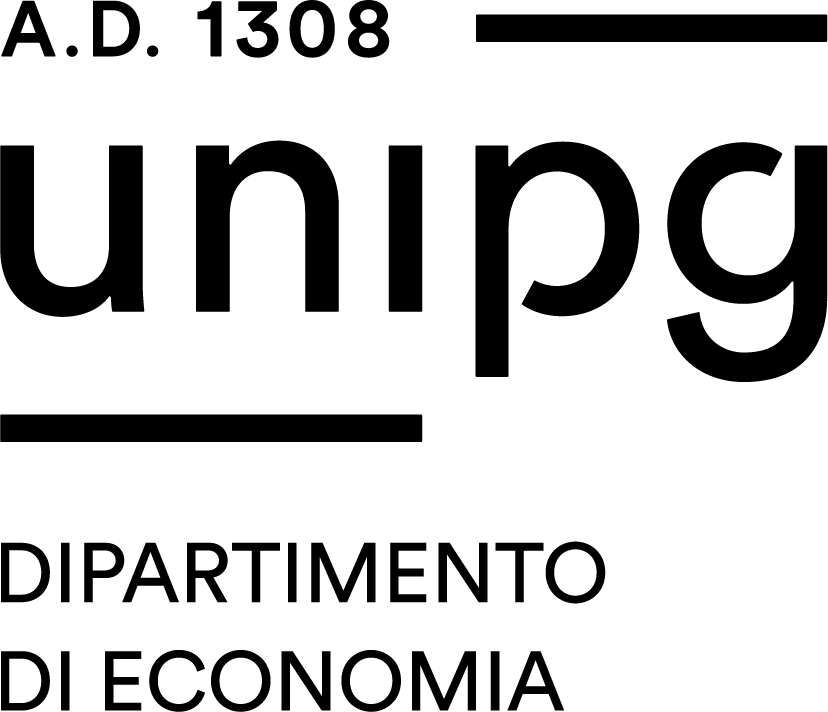Study-unit ELEMENTS OF BOTANY AND PHARMACOGNOSY
| Course name | Pharmacy |
|---|---|
| Study-unit Code | A000518 |
| Location | PERUGIA |
| Curriculum | Comune a tutti i curricula |
| Lecturer | Maria Carla Marcotullio |
| Lecturers |
|
| Hours |
|
| CFU | 8 |
| Course Regulation | Coorte 2021 |
| Supplied | 2022/23 |
| Supplied other course regulation | |
| Learning activities | Caratterizzante |
| Area | Discipline biologiche e farmacologiche |
| Sector | BIO/15 |
| Type of study-unit | Obbligatorio (Required) |
| Type of learning activities | Attività formativa monodisciplinare |
| Language of instruction | Italian. Some of the slides used are in English |
| Contents | Knowledge of medicinal plants and their systematics. Knowledge of crude drugs and bioactive compounds on their formulation and quality control methods. |
| Reference texts | F. Capasso- Farmacognosia. Botanica, chimica e farmacologia delle piante medicinali-2011-Springer A. Bruni- Farmacognosia generale e applicata-1999-Piccin Capasso, R., Borrelli, F., Longo, R., Capasso, F.-Farmacognosia applicata-2007- Springer Slides |
| Educational objectives | The student will be able to know the main systematic plant groups, with particular reference to medicinal plants. Furthermore, he will be able to determine the pharmaceutical employ of plants and crude drugs, main pharmaceutical formulations containing plants, their therapeutic use and the principal analytic methods. |
| Prerequisites | Knowledge of the main topics of plant biology and organic chemistry. For the final examination, students must have passed the exams of Animal biology-Plant biology. |
| Teaching methods | Didactic methods are mainly based on front lectures that will explain different topics with the help of slides. The classes are set as an interactive dialogue between student-teacher. |
| Other information | Attending the course is not compulsory, but is highly recommended |
| Learning verification modality | Oral exam (30-40 min). The student will have to talk about a topic of botany, one of general pharmacognosy and one of special pharmacognosy. The student will have to recognize crude drugs presented during lessons. |
| Extended program | Aims and scope of pharmacognosy. Crude drug and parts used definition. From plants to crude drugs. Factors affecting the quality of crude drugs. Botanical-pharmacognostic control and phytochemical control, control of the production steps. Secondary metabolites and their pharmaceutical importance: carbohydrates, lipids, glycosides, terpenic compounds, iridoids, cannabinoids, anthraquinones, alkaloids, phenols, flavonoids and derivatives, tannins and polyphenols, coumarins, phenylpropanoids. Sustainability in the production of medicinal plants and bioactive compounds. Main topics of extraction methods of phytocomplexes and active compounds from crude drugs and fresh plant samples: infusion, decoction, maceration, digestions, percolation, distillation, supercritical fluids extraction, Soxhlet extraction, pressing. Crude drugs containing carbohydrates, terpenes, phenols, alkaloids, anthraquinones, adaptogen and saponins. Voluptuary crude drugs. |


